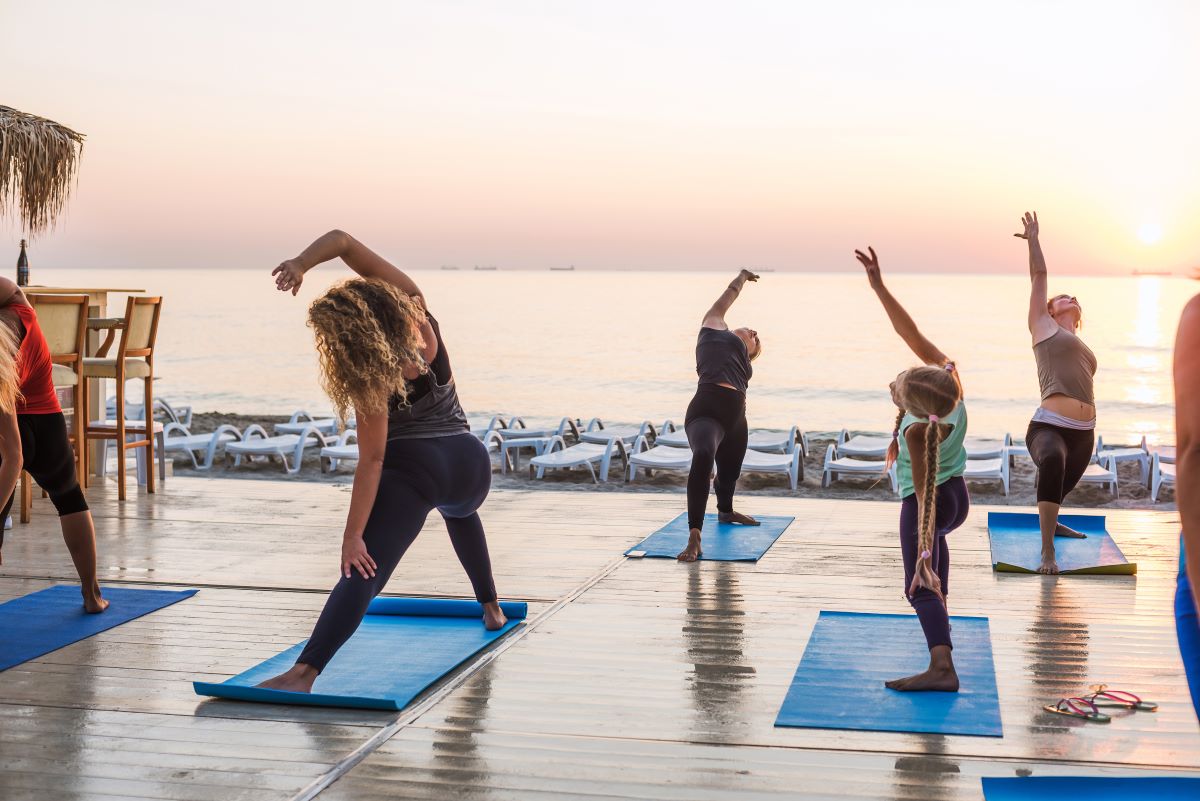Throughout most of our lives, we usually do physical activities to have fun or for our own well-being.
But as we grow older, we won’t necessarily have the time and energy to work out when we have so many things to do. In most cases, people are tied down to their desks and working intellectually intensive work. While there’s no problem in working and making a living for yourself, sitting down and having a sedentary lifestyle can have detrimental effects on the body for an extended period.
Exercise is known for being an essential part of our health and should be practiced every day. But how much physical activities should we do as adults? Our bodies will usually adapt to the exercise that we are doing. But when we push ourselves too hard, this can often lead to injuries. But what are some guidelines that we can follow so that we are exercising at an optimal pace that’s good for our physical health?
What Makes Exercise Important?
Most of the time, physical activities or exercise will not only help you tone much of your physique, but it can also help your body naturally functions while also processing the proper nutrients. There are practically tons of benefits from exercise, and it’s one of the best ways of staving off a variety of different diseases and illnesses.
Not only will it be able to reduce hypertension, but it can also reduce the likelihood of cancer and the proliferation of cardiovascular diseases. In terms of mental health, letting out some steam with physical exercise is great in relieving anxiety, stress, and depression while improving self-esteem, motor skills, and cognitive abilities, making individuals even more alert and energetic. Exercising regularly is also known for ensuring the balance of hormones, which can help with your circadian rhythm.
Intensity Of Your Exercise
For the most part, people who have busy schedules will have a harder time finding the right exercise fits them. There will be instances that several exercises and activities with varying degrees of intensity are often recommended for always on-the-move.
Still, it’s important to note that exercise will vary from one person to another. That intensity will also depend on your heart rate, your strength, the experience that you have, and how you are generally feeling.
How you measure your workout’s intensity is also quite subjective and will also depend on your personal preference. For instance, hiking will make you feel exhausted while others can cover the distance without any problem.
When you objectively measure your workout’s intensity, you might want to look int your heart rate through different devices, or you can do it manually by checking your pulse. The general rule of thumb is that the higher your heart rate, the higher intensity of exercise that you can do.
Even then, you don’t necessarily have to limit yourself to high-intensity exercises. Here are some exercises that you can do.

Warming Up
Right before working out, warming up should always be done to minimize injuries. Warm-ups are known for loosening the muscles and different joints. This will help increase the flow of blood, which can help improve performance.
Flexibility-focused Exercises
These exercises are great for individuals with posture problems and are generally important for your overall health.
If you’re having some major issues with your posture, you might want to see a professional instead of correcting your form by yourself. Fortunately, some physiotherapists are well-versed with correcting physical weakness, posture, and increasing body awareness through pilates.
Still, doing flexibility exercises are known for mitigating injuries, reducing the pressure in your back, and untangling muscles that might be sore. Other flexibility exercises that you could do include:
- Yoga
- Stretching
- Aerobic Exercises
- Far-eastern exercises such as Tai Chi
Aerobic Exercises
This is mostly known as cardio and is one of the best ways of testing your stamina and endurance while also improving much of your cardio-respiratory health. Most of the time, aerobic exercises are considered moderate in intensity, helping make your heart rate rise.
Aerobic exercises include:
- Swimming
- Dancing
- Gardening
- Bicycling
- Tennis
- Throwing sports such as baseball, softball, and volleyball.
There are also high-intensity aerobic exercises that will require you to exert even more force. Normally this will come in jogging, jumping ropes, manual labor like digging and gardening, covering a good amount of distance when cycling, and hiking is just some forms of high-intensity exercises.
The bottom line? Safety should always be your priority when you are exercising. Although you want to have fun and improve your body, it’s still important to ensure that you’re not getting injured. Remember: You don’t necessarily have to push yourself too hard when you’re exercising. Over-exertion when exercising can often lead to injury.

